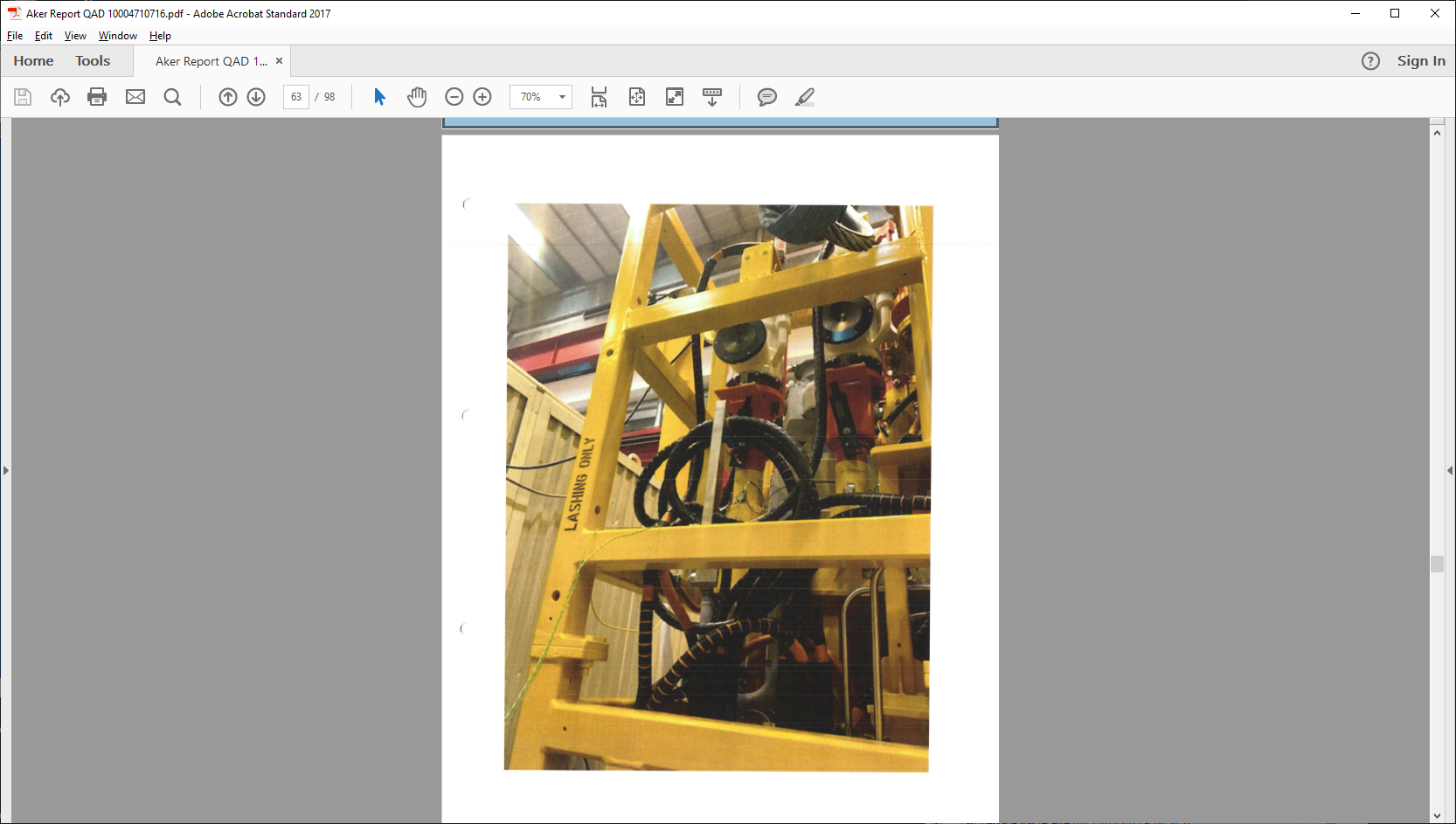
Traditionally the actuation of subsea valves is through the use of either manual operation, i.e. divers and remote operating vehicles (ROV) or hydraulic actuators. Hydraulic actuators, as the name suggests, utilises pressurised hydraulic fluid acting on pistons to force the valve to either open or close. Frequently using a spring to reverse the operation. The supply of the pressurised hydraulic fluid can involve lengthy and costly umbilicals. One alternative approach which is gaining more and more acceptance is for the use of subsea electrical actuators.
Over the past 3 years, Oliver Valvetek has supplied a number of 1” subsea multi-turn gate valves for operation by a particular client’s subsea electric actuators. In a recent discussion between our client and their end user, a question was raised concerning increasing the rotational speed of the actuator to 40RPM and its effects on the Oliver gate valve.
To address this, our client performed a series of endurance tests on one of the production Oliver 1” gate valves. The test program included a series of opening cycles with the valve under differential pressure, followed by 200 opening and closing cycles and finally a repeat of the opening cycles with the valve under differential pressure. The objective being to review the torque to operate the valve through all the cycles noting any changes in torque profiles.
The 200 opening and closing cycles would be performed with no pressure in the valve in order to minimise resistance to the momentum of the rotational movement.
Overall the valve passed the test with consistent torques throughout all the cycles all being well within the design limits of the product.